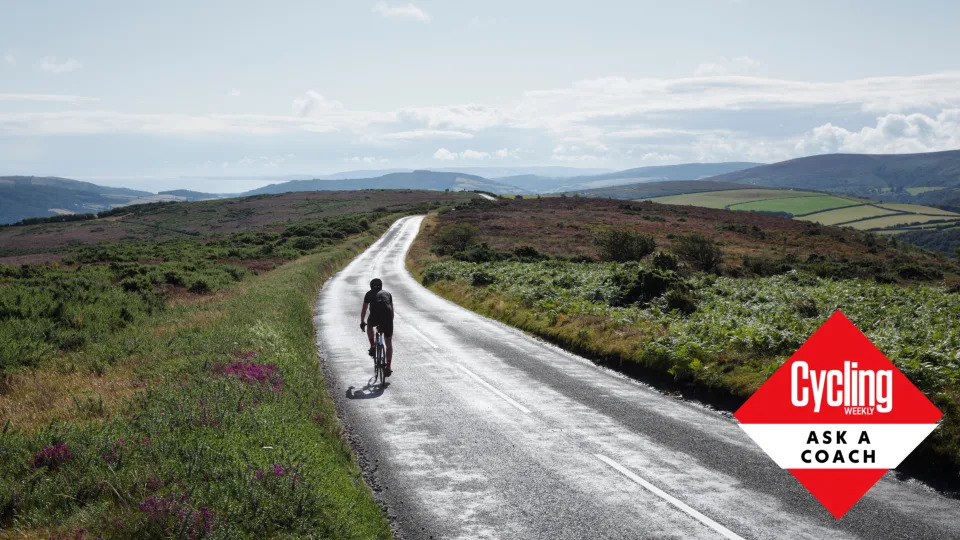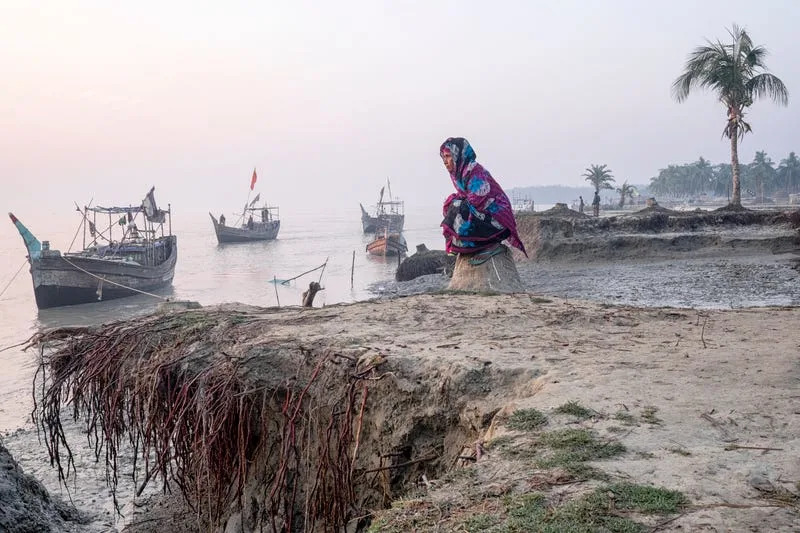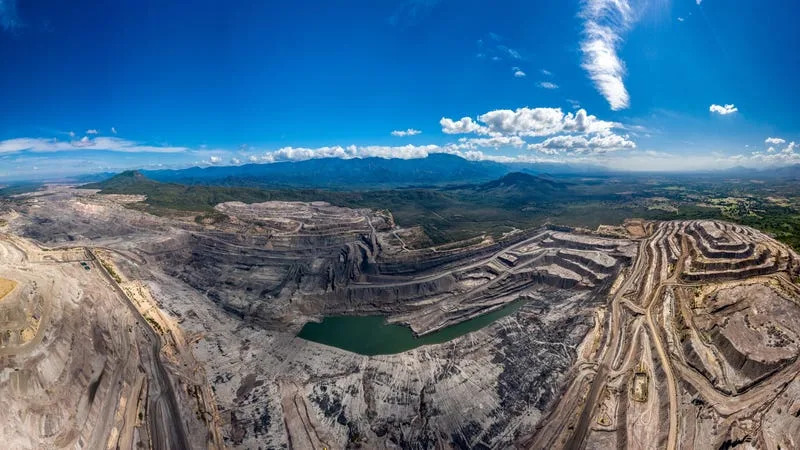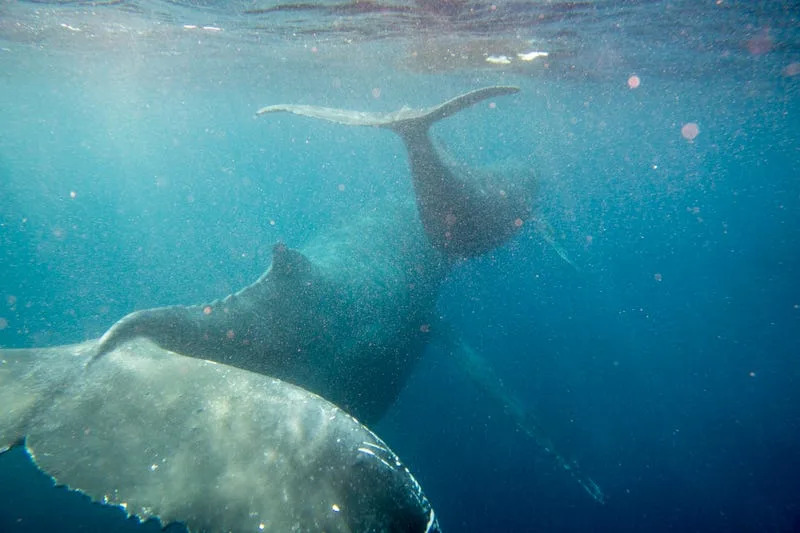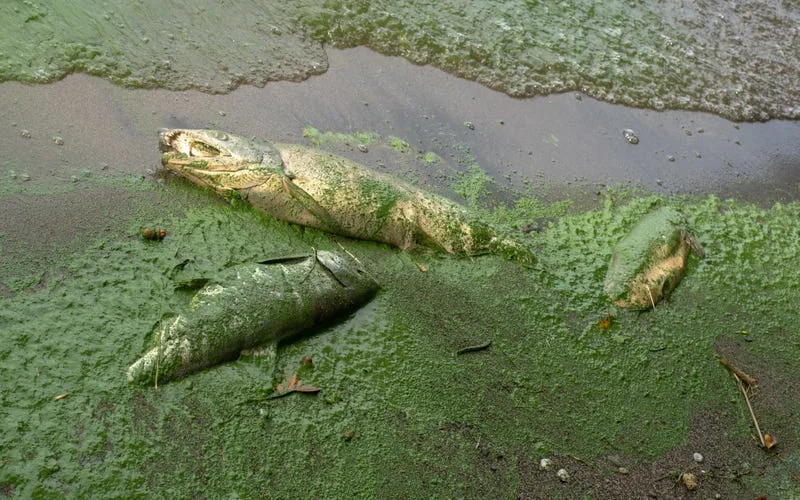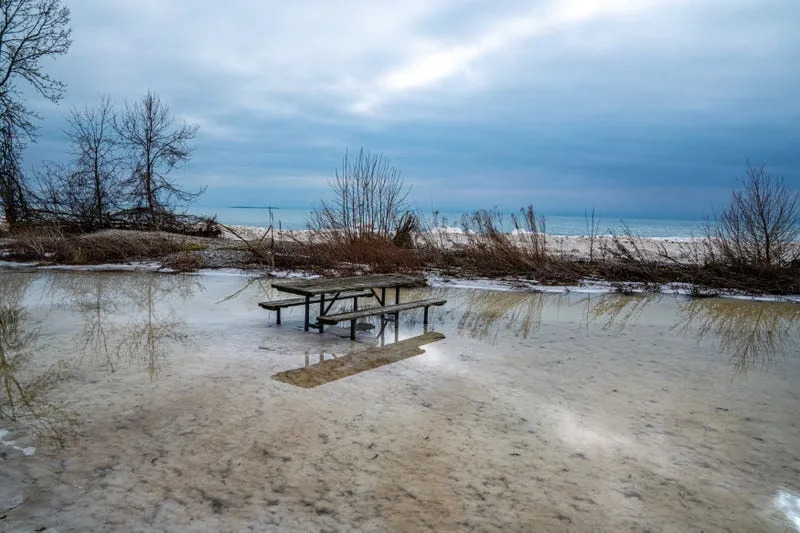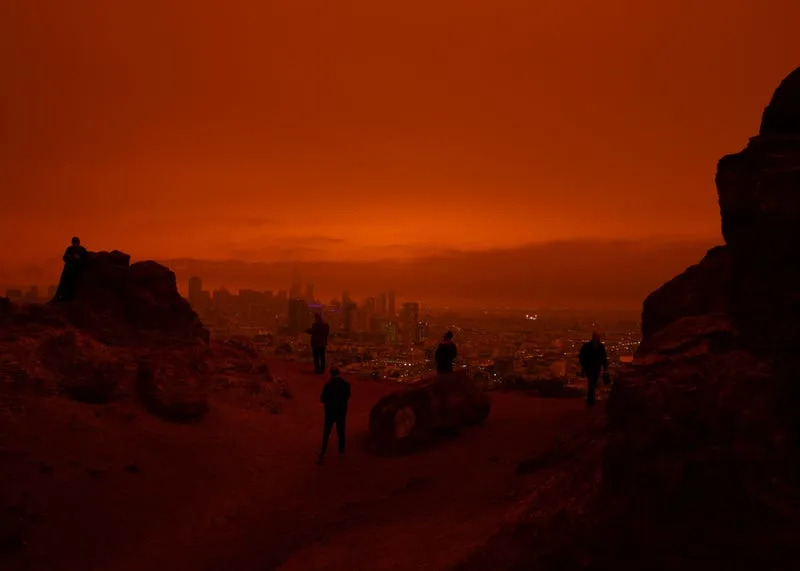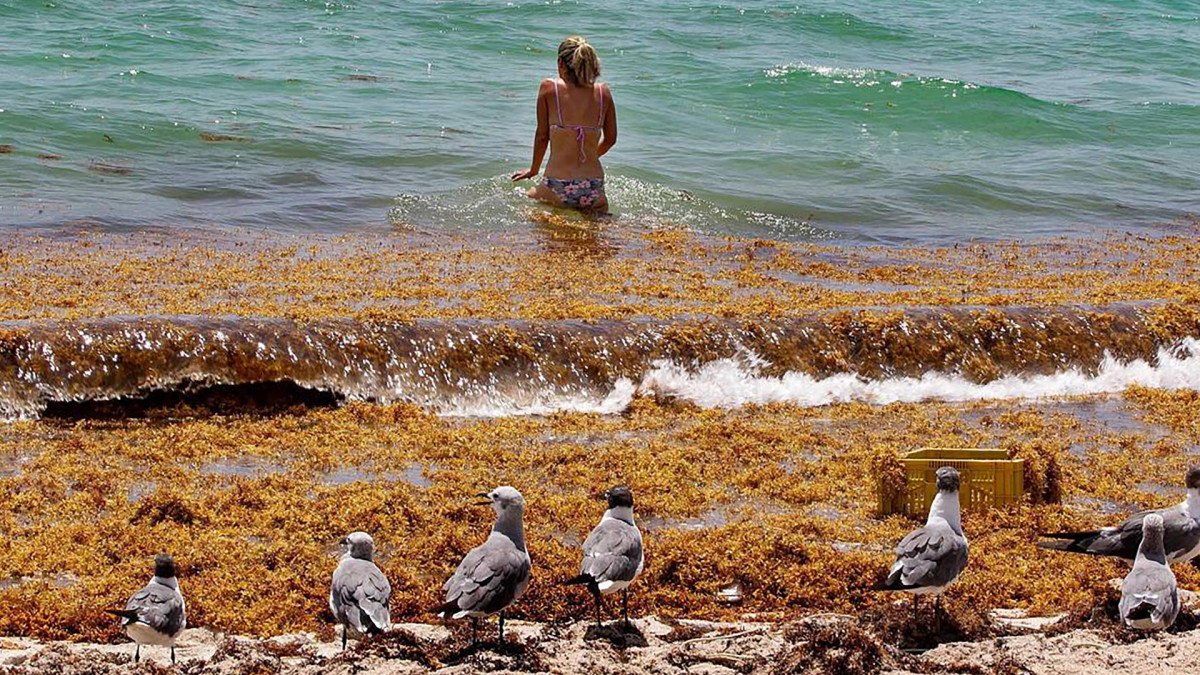Today
Woman diagnosed with colorectal cancer at 42 shares symptoms: ‘I waited way too long’
Andria Devlin and A. Pawlowski – March 29, 2023

Andria Devlin, 48, was shocked to be diagnosed with colorectal cancer six years ago. The early childhood educator had no risk factors and no family history of the disease. Like many people, she put off getting her symptoms checked out when they appeared. Devlin, who lives in Lawrence, Kansas, shared her story with TODAY.com and an update on how she is doing one year later.
This is not an easy topic to talk about, but it’s so important. People should not die from embarrassment, and I think people are dying because they don’t want to go to their doctor and talk about the symptoms. It took me a long time to go in and say something is not right.
I have always been a human who has lived more on the constipated side, so irregular bowel movements have been kind of my jam for forever. In 2016, I noticed mucuosy substances in my stool. It was different, but not concerning.
Then I started having intermittent bleeding with my bowel movements. That, in conjunction with my constipation, equaled hemorrhoids in my brain. I had no stomach issues, no weight loss, no fatigue and all of my labs looked fine. There was nothing that would indicate that I had a tumor growing in my rectum, other than the constipation and the bright red blood in my stool.
I hadn’t given much thought to colorectal cancer. Why would I? I was in my early 40s, I’m active, I exercise, I eat well, I don’t smoke. There were absolutely no risk factors and no family history that would make me think, “Oh, you probably have cancer.”
That’s why it took me way too long to go to the doctor. It took getting to the point where I was bleeding every time I had a bowel movement for me to just be tired of it. I remember mentioning it to my OB, who said to get it checked out.

That was in May 2016, but I didn’t go to the doctor until January 2017. She did a rectal exam and didn’t feel any hemorrhoids, but gave me a suppository substance see if that would help. It slowed the bleeding down, but it did not stop it.
I was then scheduled for a colonoscopy. I remember waking up from that and hearing the doctors say, “We found something very low in your rectum. It’s pretty ugly tissue.” My dad died of esophageal cancer, so when someone says ugly tissue, I know what that looks like. There were photos along with the colonoscopy report and it was certainly not the bright pink, healthy, happy tissue that you imagine that your insides look like.
The doctor called the next day, which happened to be my child’s 15th birthday, and told me the tissue was cancerous. The tumor was significant, blocking 80 to 85% of my rectum. I was immediately sent to oncology at Lawrence Memorial Hospital.
Scans revealed it was stage 4 colorectal cancer — it had spread beyond my rectum to both my lungs. I was in chemo treatments within two weeks of learning my diagnosis. Ultimately, the chemo took care of almost all of the cancer in my lungs and it shrunk the tumor. I had a rectal resection in August 2017.
But there was a spot in my right lung that didn’t get smaller, it just stayed. A subsequent scan showed that it grew just a tiny bit. I had stereotactic body radiotherapy (SBRT) on that spot in February of 2018 — five sessions over five days. You don’t move during this therapy — they make a mold of your body so you lay in a very specific position every single time. I have two boys so I liked to think about “Star Wars” while the machine was doing its thing — like “pew pew” lasers zapping my cancer spot.
In January of 2020, I had a scan that revealed another spot in that right lung, so I went through another round of SBRT.
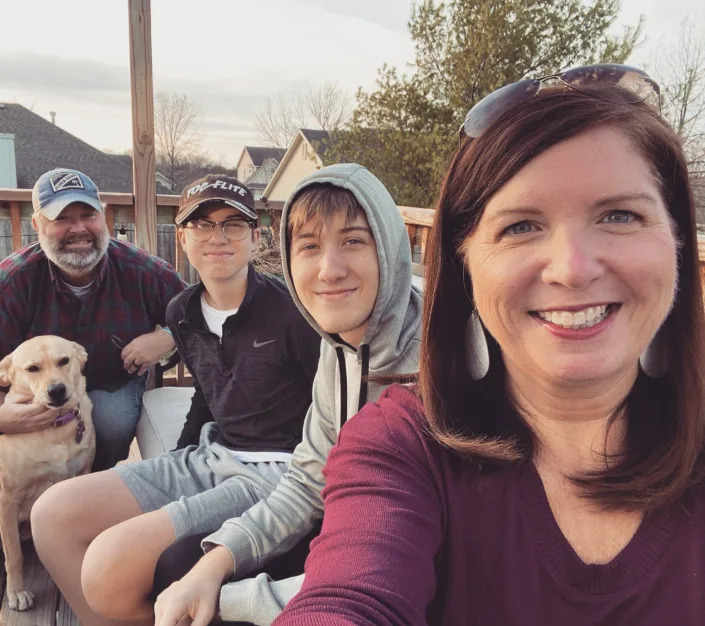
Today, I am just celebrating the fact that I am still alive. It’s pretty miraculous that someone with stage 4 colorectal cancer can say that at six years. I am still having clear scans and lab results in 2023.
Cancer had already impacted our family and when that happens, there is a shift because life is precious and you don’t really recognize that until you have a life-altering diagnosis.
When I was first diagnosed, I thought, “You have to see your oldest kid graduate from high school.” So I’ve been just checking these boxes. I got to see my youngest son graduate from high school and celebrate my 25th wedding anniversary.
My next checkboxes are our oldest son’s college graduation, U.S. Army graduation ceremonies for our youngest and navigating an empty nest. I’ll keep adding checkboxes to my list.
I’m just making lots of memories, raising awareness and living my life to the fullest.
The response I received since this article was published in 2022 was life-changing and a little overwhelming at times. People reached out from around the world with notes of encouragement, stories of losing loved ones and gratitude for inspiring them to call the doctor after experiencing symptoms.
People don’t want to go to the doctor and say, “I’ve got mucus in my poop. What’s that about?” But people should not die from embarrassment.
If I can talk about my experience and that gets one person to the doctor before I went to the doctor, I have done my job.
For all those readers who are newly diagnosed or in the thick of treatment, let my story be your shoulder to lean on. My story is your hope.
This interview was edited and condensed for clarity.









